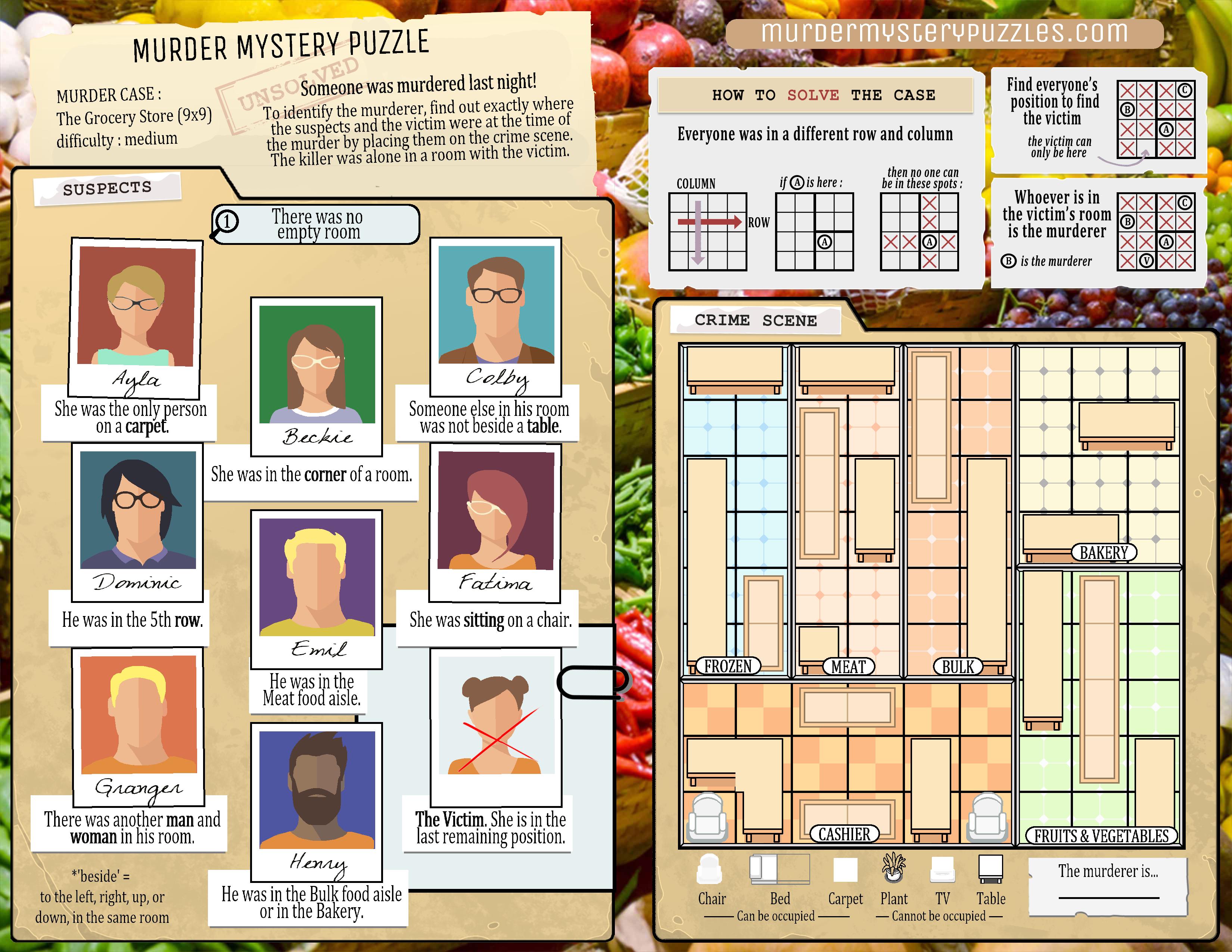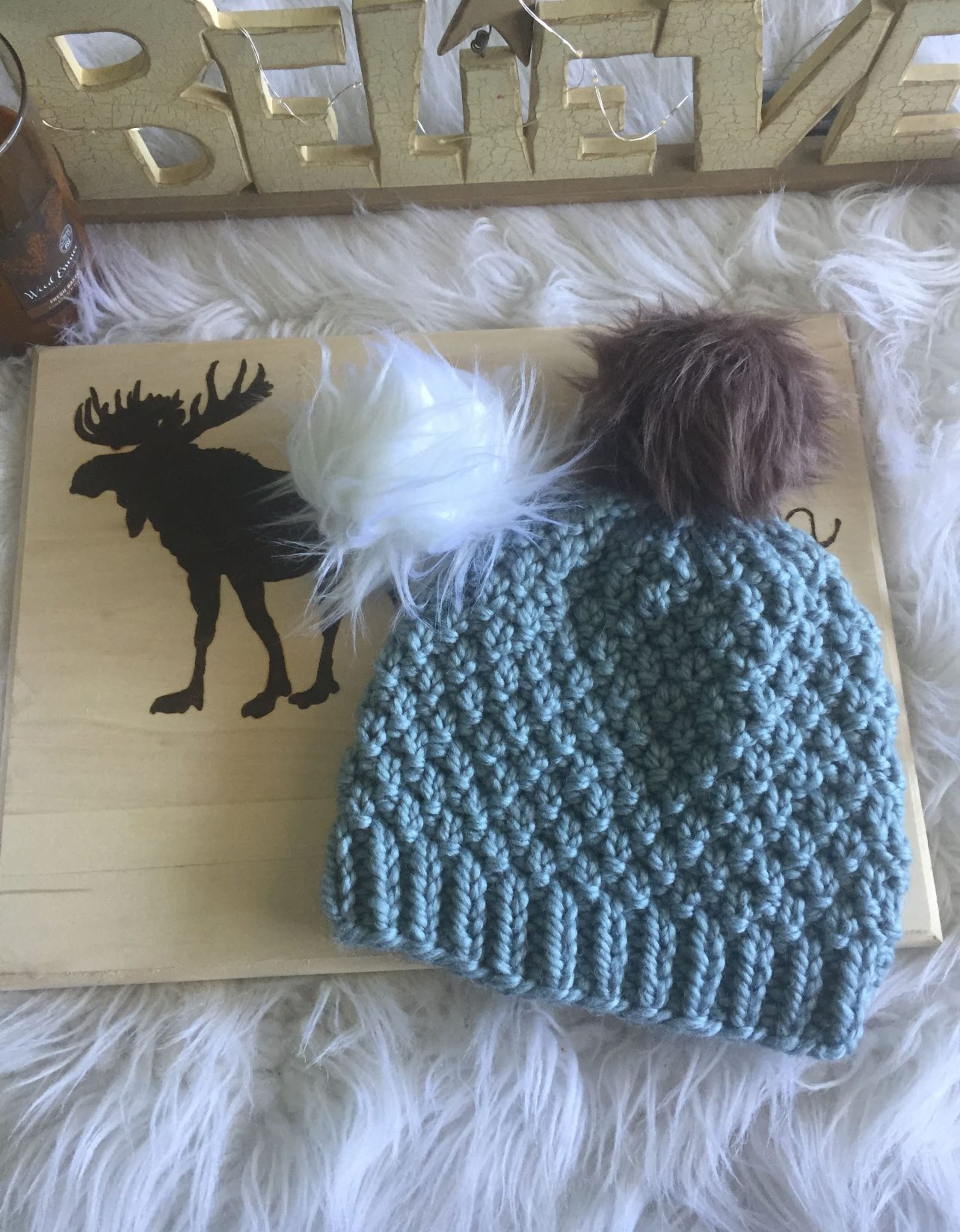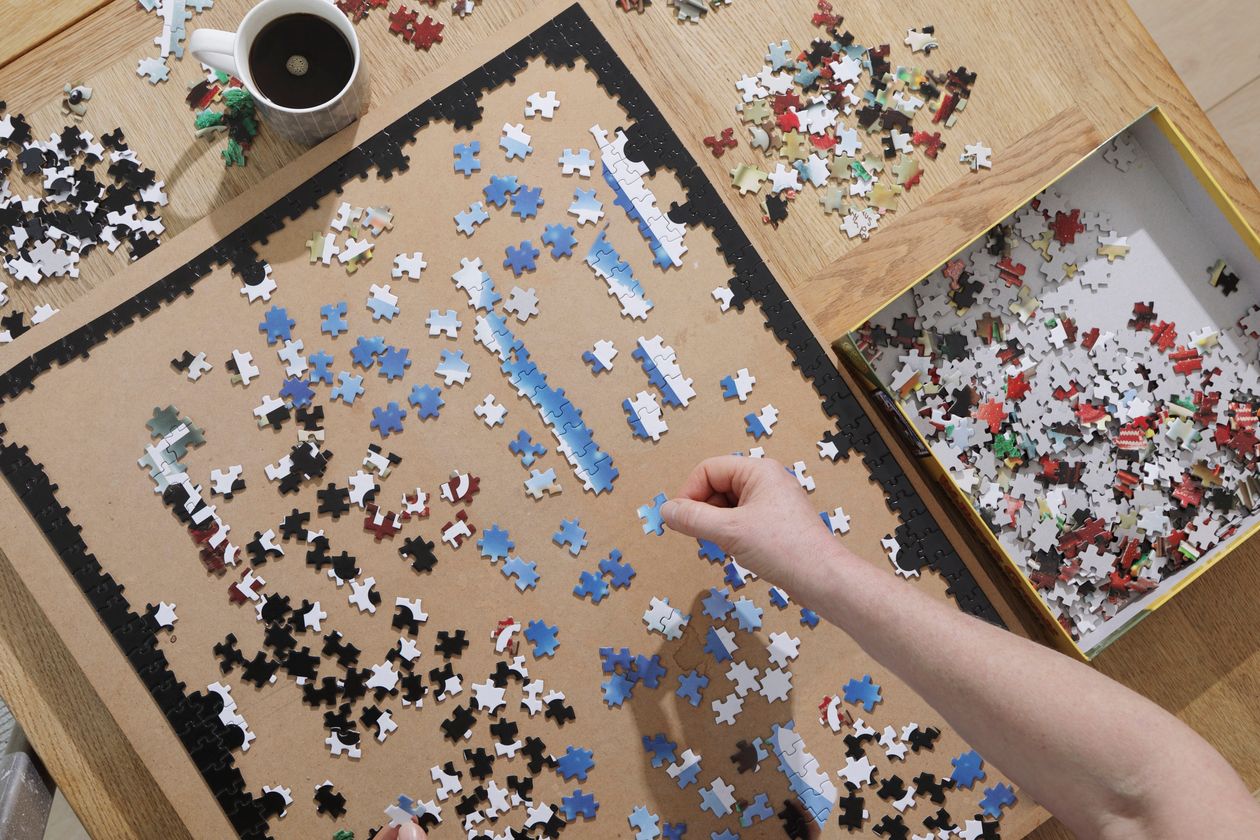
Look no further if you are looking for ideas for paper plate crafts. Paper plates can be used to make many fun crafts, including an octopus and a ladybug. Here are some ideas to help you get started. You can also make a reindeer or giraffe out of paper plates.
Paper plate octopus craft
Making a paper plate octopus is a great activity for kids. You'll need a small craft knife and some foam or construction paper to create this craft. First, trace your head template onto the piece of paper. Next, draw eyes on the paper plate and in the middle of the head. Next, draw on eyes, mouth, and eyebrows. You can also use other materials to make suckers if you wish.
For the tentacles, you can use tissue or construction paper strips. For a girl's paper plate, glue a bow on top of the head, and for a boy's plate, glue a banner under the "chin." Once you've completed the face, you can decorate the rest of the paper plate octopus.
Paper plate reindeer craft
Make a reindeer craft with paper plates! You will need a large, tan, or brown plate. Each hole can be punched with a hole-punch. To allow the paper to rip, leave a little space between each hole. Then tie the back of the yarn with red yarn. Use school glue for attaching the nose.

Next, make the reindeer antlers and nose with the plates. If desired, you could add ornaments like pipe cleaners to the faces. You can also make noses with pompoms.
Paper plate giraffe craft
This Paper Plate Giraffe Craft would be great for any child who loves animals. All she needs to make this cute giraffe is a paper plate. First, she will need to paint the plate a yellow color. Then, she can cut the horns and snout out of yellow construction paper and glue them onto the plate.
Another easy paper plate giraffe craft is the one with clothespins. They make great bodies and legs, and the kids can also add spots and faces to make the giraffe look more like a real giraffe. Another benefit of this craft for kids is that they can learn about the natural camouflage that Giraffes use when hiding from predators.
Paper plate ladybug craft
A paper plate and some red acrylic paint are required to create a paper plate ladybug craft. Use the red paint to paint the entire bottom side of the plate. Squeeze black paint onto the opposite side of the paper plate and make a small, black semi-circle. Next, draw dots of black on each side. To make the ladybug unique, you can use any size dots.
Black construction paper is suitable for the ladybug's skull. Black confetti paper will be needed for the antennae. Black construction paper can be used to draw a smiley on the ladybug. After the paint has dried, glue the googly eye to the half-circle with a hot glue gun. A thin strip of glue can be glued to the ladybug’s face to give it a more realistic appearance. You can also use a pipe cleaner half for the antennae.

Paper plate llama craft
Create a paper plate llama. Make ears and a face from the paper plates. Attach them to your head. If you want to add more detail to your llama, you could use a Sharpie. Also, pink or grey cards can be used for the ears.
Make the body for the llama by cutting a small piece from paper. After you have cut the animal's body, glue the colored rectangles. To ensure the llama's balance while standing, make sure the head is more heavy than the tail. You can also add pom-poms to the llama's scarf.
FAQ
What are some competitive hobbies?
Competitive sports include running, swimming, cycling, golfing, tennis, etc.
They are usually enjoyed by people who enjoy being active, but also allow for social interaction.
If your hobby involves physical activity, you will likely find other people who share it.
This may mean joining a club or group where you meet regularly to play sports together.
You can also participate in team games where you play alongside others.
These include soccer (soccer), rugby, netball and hockey.
There are many kinds of competition.
Some competitions are only for recreational purposes.
Others are designed to test the skill of competitors.
Yet, there are others that reward exceptional performance.
In these cases, winners receive prizes.
Other competitions are designed to test the strength and stamina of competitors.
These are endurance events.
For example, marathon races, triathlons, Ironman Triathlon, etc.
Before competing in these events, athletes train hard.
They will adhere to a strict training program that prepares them mentally as well as physically.
They might also need to be away from their homes during preparation.
It's important not to forget that not all athletes are able to compete in every type event.
What is a collection hobby?
Books, movies, music and comics are the most popular collections.
You can also collect stamps, coins and cars as well as dolls, action figures, figurines, art supplies, kitchen utensils, jewelry and watches as well...
I think you get the point.
What is observation hobby?
Observation hobbies allow you to observe others doing the same thing. This could be watching sports, reading books or going on holiday. It could also include observing others.
Observation hobbies can be very beneficial because they allow you to learn how creative thinking works. This knowledge will be useful later in your work for others and yourself.
You'll discover that it's easier to learn if there's a passion for something.
You might watch or read about football to learn more. Visit or take photographs to learn more about the art of photography.
If you love to play music, there are two options: either buy a new guitar online or follow along with the songs.
If you love cooking, you can either cook your meals at home or order from a local restaurant.
You could also grow flowers or vegetables if you enjoy gardening.
You could take a class or go out dancing with your friends if you enjoy dancing.
If you love painting, you can paint pictures.
Writing poetry or stories is a passion if you are a writer.
You can draw pictures if your passion is drawing.
If you have a passion for animals, you might be able to look after them or work in a zoo.
If science is your passion, you might choose to study biology or chemistry.
If history is your passion, you can either read books or watch films. Or you could listen to podcasts.
You could explore the world or travel to places you love if you are a lover of traveling.
Where can I find free resources to learn more about hobbies?
There are many websites that help people find new hobbies.
Here are some of our favorites:
www.trythisathome.com - This site provides a list of over 100 different hobbies. You can also find information about how to start each hobby.
www.hobbyfinders.org - This site offers a database of thousands of activities that you can search by interest, skill level, location, and more.
www.indiebazaar.co.uk - IndieBazaar is an online marketplace designed specifically for independent artists and musicians. The site features hundreds of products ranging from artwork to music gear.
www.pinterest.com/explore/hobbies - Pinterest is a social media network that lets users "pin" images they find interesting onto their boards. Boards allow users to organize things they like into specific categories.
www.reddit.com/r/Hobbies: Reddit, another social media platform, allows users to post links to articles and videos. Voting allows users to vote for the most valuable posts.
What does a hobby cost?
A hobby costs nothing but time. If you are serious about your hobby it could take years before you achieve your goals.
There is one thing that will help you. It's called 'passion.' If you have passion for whatever it is you do, you will find it easier to put in the hours required to make progress.
Once you put in the hours, you might find yourself addicted to the activity. This is where the real fun begins. Because you now enjoy what you do and are improving your skills every day. This will mean that you will have likely made significant improvements by the end.
So don't worry too much about how long it takes. Try it! You might be surprised by what you find!
What types of hobbies are suitable for introverts?
Introverts can focus on only one thing at a given time. They enjoy solitude and prefer to read, write, play music, watch movies, etc.
They also love to spend quiet time by themselves. They are not social creatures and don't want to be around people all day. In fact, they often find themselves bored when surrounded by people.
This is why introverts choose hobbies that make them feel alone. Introverts may love reading books, listening and/or playing music, or painting, drawing, writing poetry and taking photographs.
Many introverts choose to live alone. This allows them to focus on their hobby without being distracted by other things.
Statistics
- Almost 80% of people claim to have no hobby. (hobbylark.com)
- The Role of the Mind in Sex, Dating, and Love: Men in the “humor” condition received phone numbers from 42.9% of the female participants and were refused 57.1% of the time. (time.com)
- In comparison, men in the “no humor” condition were refused 84.6% of the time and were only accepted 15.4% of the time. (time.com)
- 37% Video Games 36% Travel 36% Health and Fitness (quizexpo.com)
- A new survey by Pew Research Center of teens ages 13 to 17 finds that 36% of girls feel tense or nervous about their day every day; 23% of boys say the same. (pewresearch.org)
External Links
How To
How to learn how to play a musical instrument
There are many different ways to learn how music is played. You could attend a school, read a book, get lessons from someone who plays a musical instrument, or look at videos online. If you are determined to learn on your own, these tips and tricks might be helpful.
-
Find something that interests or appeals to you. If you don’t enjoy any of the instruments that you see, you might consider trying another one. It's difficult to take up a hobby if you don’t love playing the instrument.
-
Be patient. Learning anything new takes time. Don't expect to master everything right away. Instead, keep practicing every day.
-
Keep practicing regularly. Even if you feel tired, keep practicing. This will ensure that your memory doesn't fade.
-
Make sure you choose a safe place to practice. You want to be in a place where you are not disturbed by others. It is important to keep the room clear of distractions. It is best to avoid listening to loud music nearby.
-
Have fun. Music should be enjoyed. You should have fun practicing music. You will be motivated to do more if you have fun.
-
Set goals. You will know what you need to do if you have goals. Failure is not an option.
-
Keep track of your progress. Note down your successes and mistakes. Doing so will help you improve over time.
-
Take breaks. Sometimes, you will just need to stop for a while. It is a good idea to take breaks so you can think about everything.
-
Ask questions. Ask other people if you have any doubts or confusion regarding certain aspects of the instrument. They may be willing to help.
-
Listening is the best way to learn. Many musicians listen to songs that they like and imitate them. This helps them understand the basic concepts behind the song.
-
Read books. Reading books will teach you more than watching videos or taking classes. Books contain information you will not find anywhere else.
-
Join a band. Playing with others will force you to practice more. Plus, you will find people with similar interests to you.
-
Take a look at tutorials. Tutorials are brief videos that cover a variety of topics in great detail. These tutorials usually concentrate on one particular aspect of an instrument. Tutorials can help you understand complex parts of your instrument.
-
Try different methods. Some people prefer to learn through lectures, whereas others learn better by reading. You can experiment until you discover what works for you.
-
Practice makes perfect. It is not possible to become an expert overnight. Instead, you must put in lots of effort before becoming skilled enough to perform well.
-
Begin a group of musicians. You can learn faster by listening to other musicians play your favorite songs.